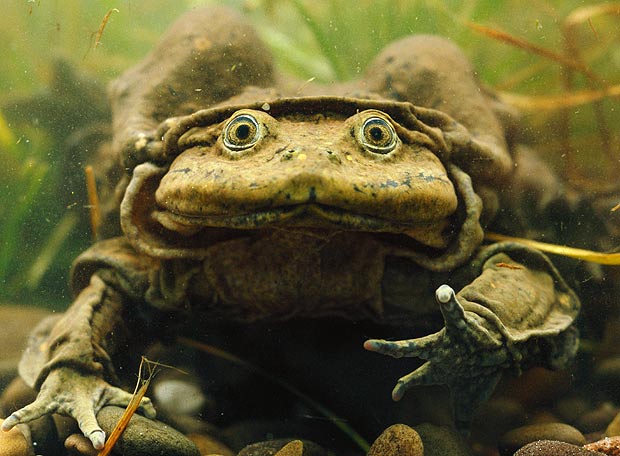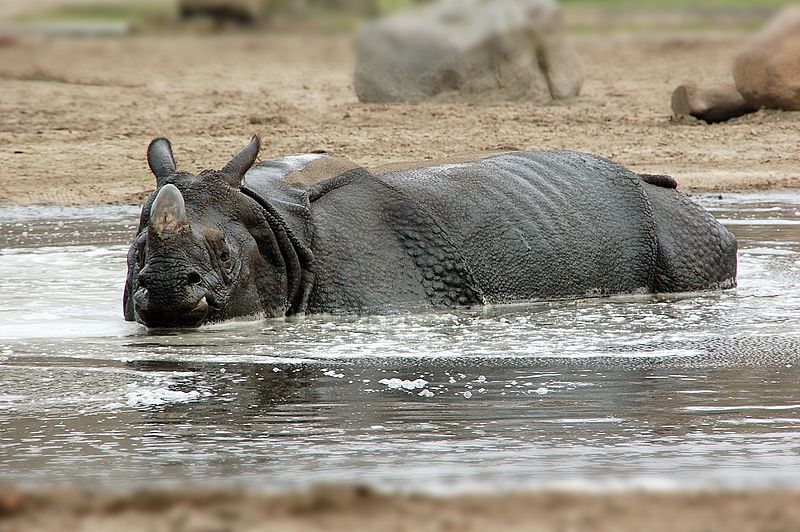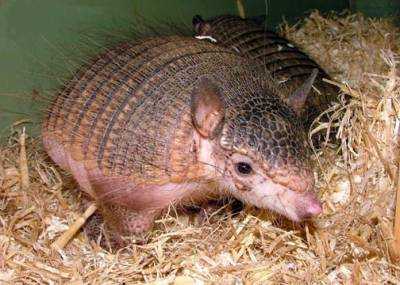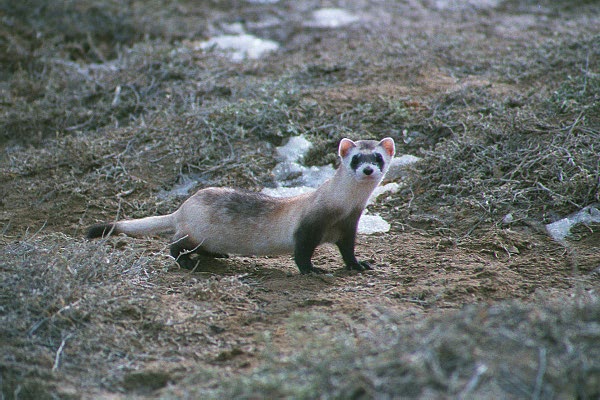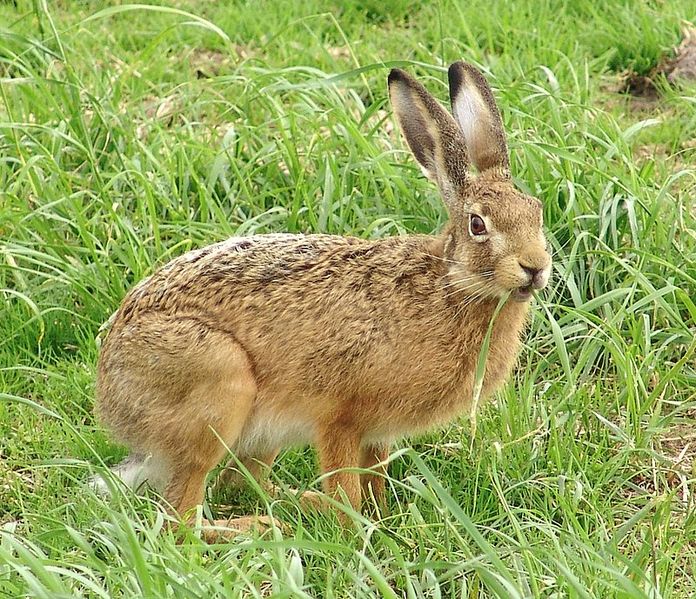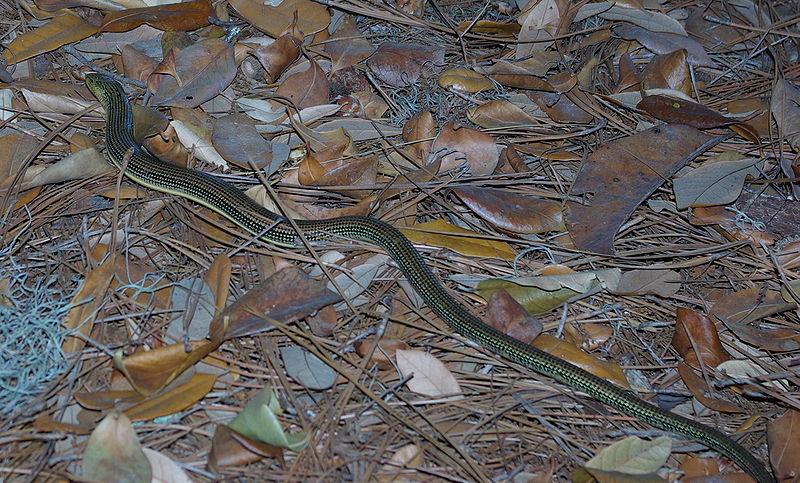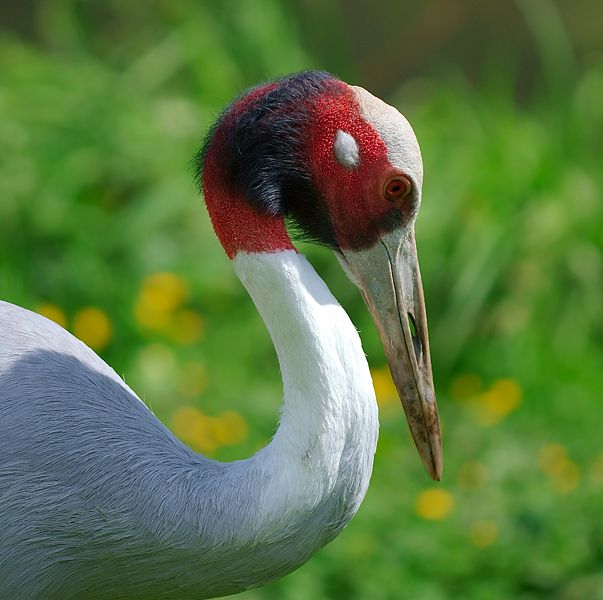
As we continue our trek through the Asian continent, we find ourselves looking for the tallest, flying bird on the planet. The Sarus Crane is a large, non-migratory bird found throughout Southeast Asia, India and can even be spotted in Australia. It shouldn’t be too difficult to spot today’s featured animals as they tend to stand out with their grey body and extremely contrasting bright red head and upper neck. These large birds are actually quite a sight to see as they wade around in their wetland homes. So you make sure you grab your camera because you will definitely want to get a shot or two of these incredible birds.
Giants of the Bird World
So I mentioned earlier that the Sarus Crane s the tallest flying bird on the planet. Just how tall are they? Would you believe me if I told you that they can get up to 0.6 m (2 feet) tall? You probably would believe me but you may not be impressed. How about if I told you that on average this bird will grow to a height of 1.8 m (5.9′) tall. That’s right, the Sarus Crane is is almost 6 feet tall. Sure this may not be that impressive if you are a basketball player but if you are bird….this is crazy tall. Interestingly enough, the birds found living in Australia tend to be smaller than those living in India and Southeast Asia. Why? I am not sure but I would love to hear your guesses as to why their is this height difference.

I Will Follow You Into The Dark
The Sarus Crane is a faithful bird as they tend to form long-lasting pair bonds, known as relationships in the human world, with their mates. Once these bonds are formed the pair will buy a nice house, known as a nesting territory in the crane world, and will do whatever is necessary to protect their home. These birds are so faithful that India they are symbols of marital fidelity, and I think they are a pretty good role model for the ideal marriage. The commitment level the Sarus Crane’s show toward each other is admirable but it may also be dangerous for their survival. Researchers have observed birds starving to death as the mourn the loss of their life-long mate. Sure the lack of food may have technically caused their death but I think these birds are basically dying from a broken heart. This is just one more example of the compassion that wild animals are capable of displaying.

